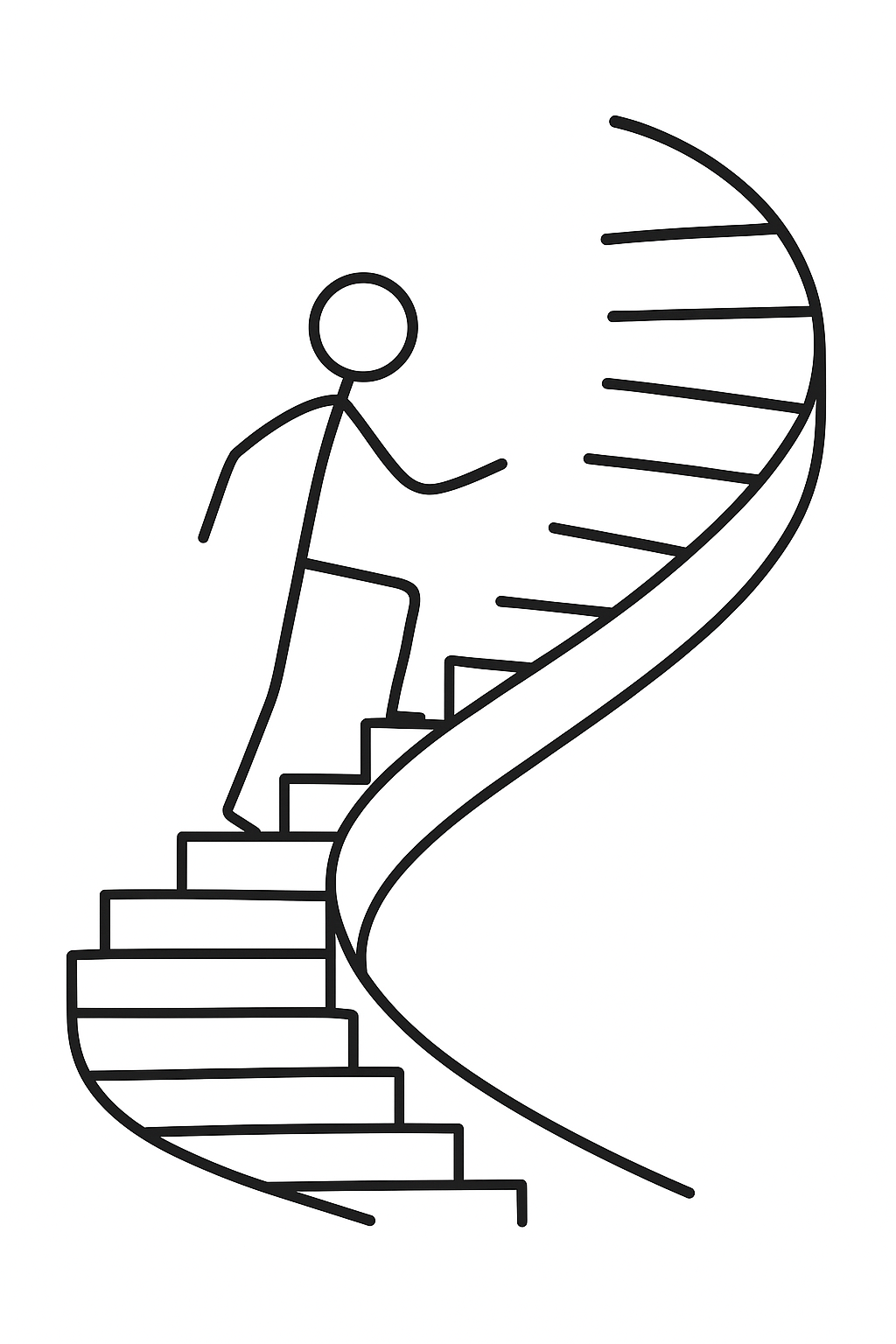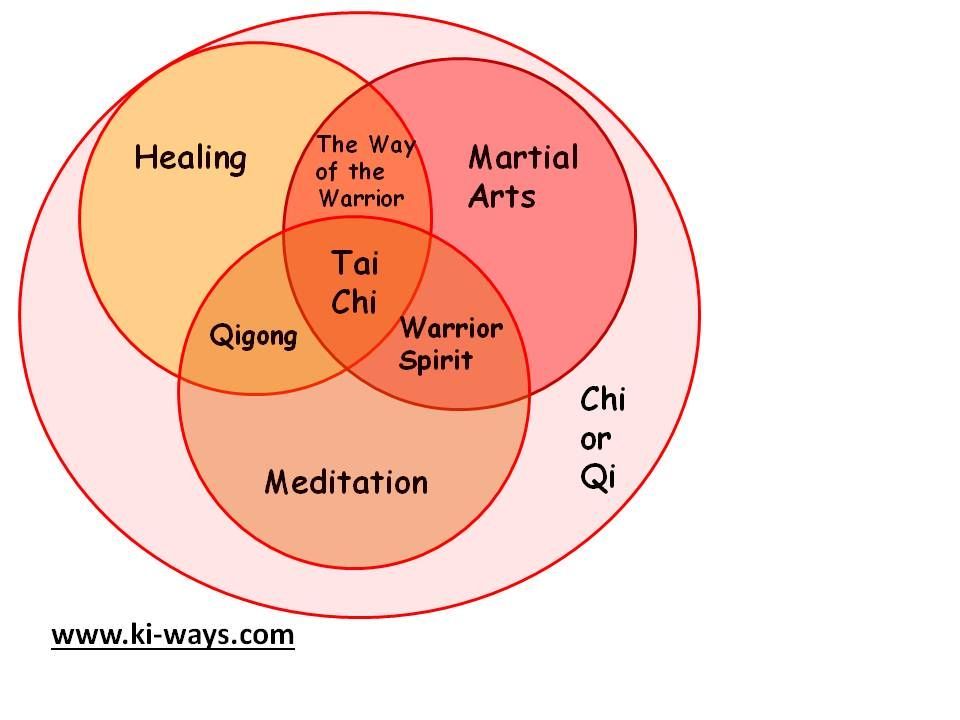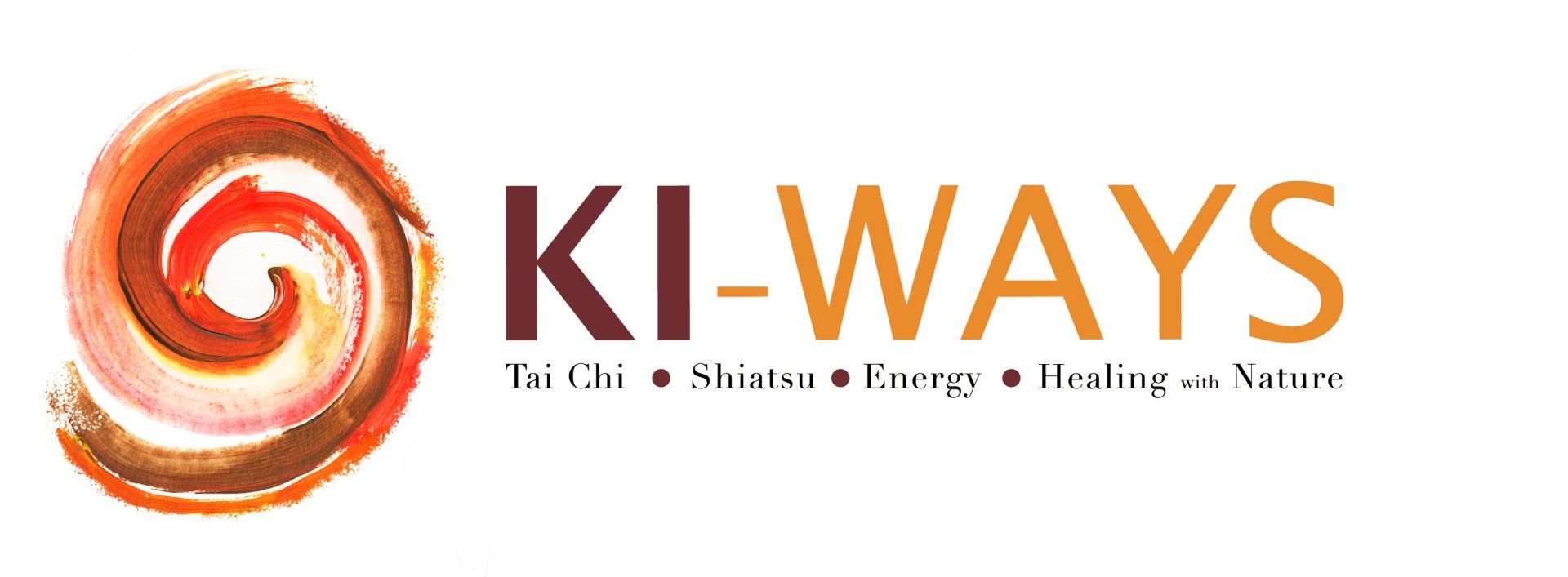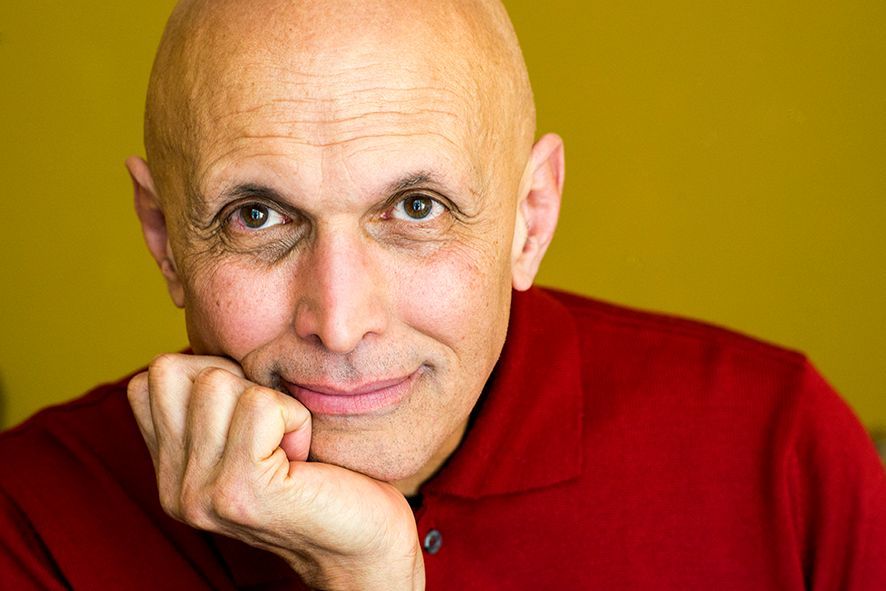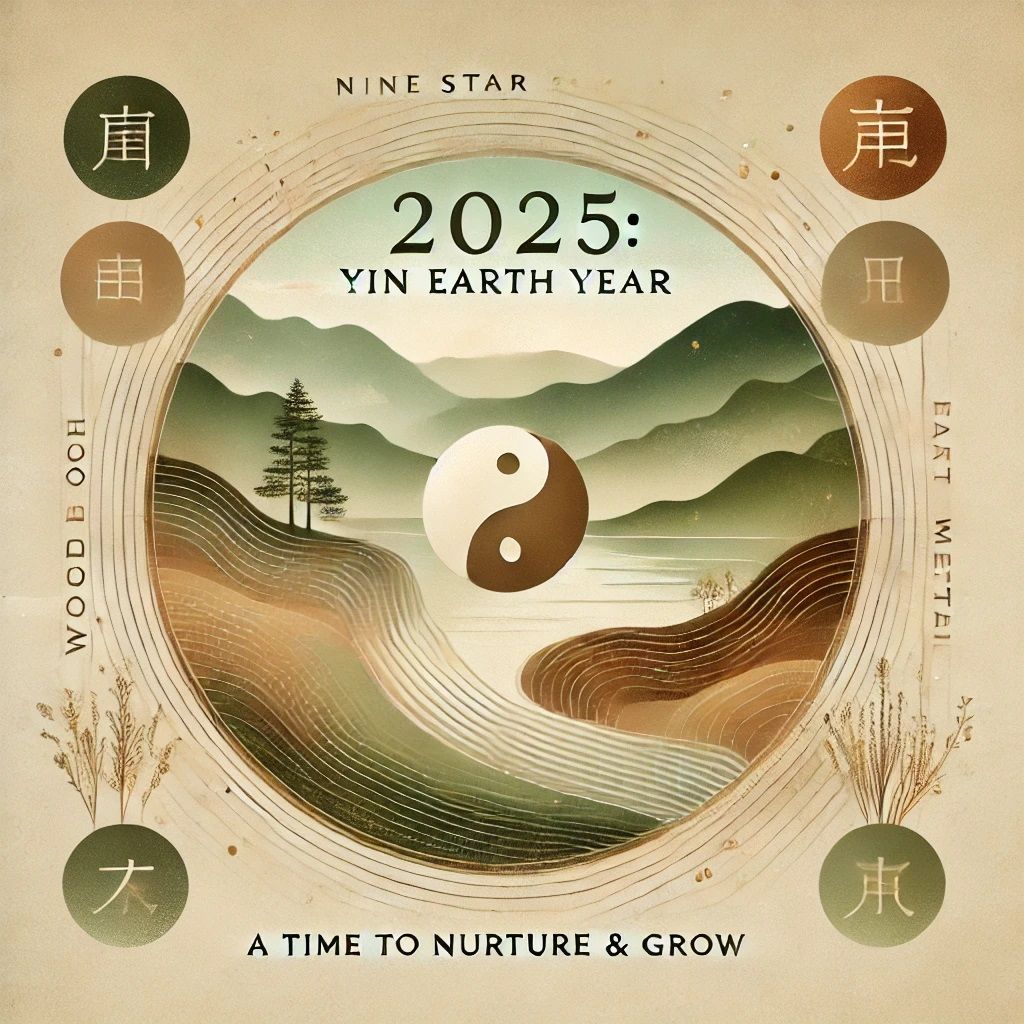The Ten Essences of Tai Chi and Qigong
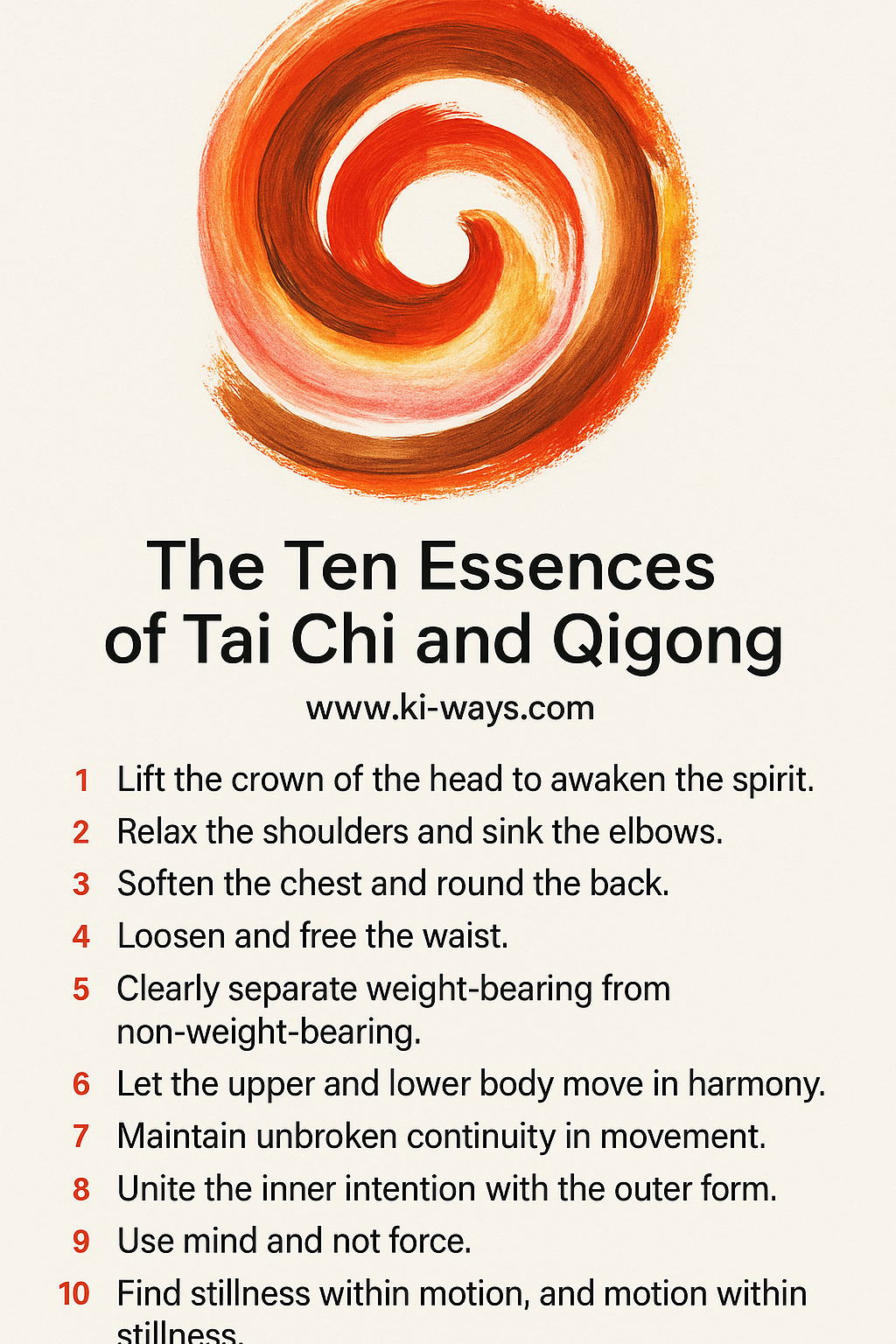
The Ten Essences
The Ten Essences of Tai Chi
The Ten Essences have been a vital part of my understanding of Tai Chi and Qigong. In fact, I’ve found that very few skills in life cannot be improved by applying their logic. Their scope is far wider than can be covered in a single blog, but here we’ll explore the basics.
History
Tai Chi has many formulae designed to help practitioners reach higher skill levels. Each has its own value, history, and wisdom. Over the many years that I have practiced, the Ten Essences — as taught to me by my Yang Style master, Chris Pei — have been invaluable.
Master Pei did not invent the Ten Essences, but he arranged them into a natural flow: starting at the head and moving down to the feet, then gradually working inward with coordination.
The original Ten Essences were codified by Yang Chengfu (1883–1936), although aspects of them had circulated in Tai Chi teachings for generations before.
Personally, I’ve always found the wording a little obscure, so here is my attempt to keep true to Yang Chengfu’s knowledge, honour the flow taught to me by Chris Pei, and add a layer of clarity.
(You’ll find the Ten Essences listed in the slide attached to this blog — print them out and learn them!)
The Ten Essences of Tai Chi and Qigong
- Lift the crown of the head to awaken the spirit.
In my opinion, this is the most important essence. Think about meeting someone for the first time: if they look directly at you and say “Hi,” it feels very different compared to when they stare at their shoes!
Standing tall benefits body, mind, and spirit. Tai Chi is an ongoing process of strengthening the spirit in this way. - Lower the elbows to relax the shoulders.
Tai Chi is about balance and opposites — Yin and Yang. If the head lifts, something else must sink. That “something” is the shoulders. High, tense shoulders tighten the whole body. Lowering the elbows helps the shoulders release and tension dissolve. - Soften the chest and round the back.
Throwing the shoulders back restricts breathing and forces the chest forward, harming posture.
When the chest is soft (Yin) and the back rounded and stable (Yang), the body aligns in its natural order. - Loosen and free the waist.
Once the first three essences are in place, your centre of gravity naturally drops into the lower abdomen. This improves balance and allows you to move from your centre — the hallmark of Tai Chi. - Clearly separate weight-bearing from non-weight-bearing.
Loosening and rotating the waist shifts weight from one foot to the other. This is vital for Tai Chi. It improves balance and strengthens the legs. - Let the upper and lower body move in harmony.
Imagine you want to push: if your hand finishes before your feet, you lose power. When upper and lower move together, your movements are strong and effective. - Maintain unbroken continuity in movement.
Moving from the centre, with upper and lower bodies synchronised, produces continuous motion. If the movement is broken, at least one of the earlier essences isn’t working properly. - Unite the inner intention with the outer form.
Tai Chi and Qigong unify body and mind. Once you’ve built the physical foundations, it’s time to connect the internal intent of the mind with the external movements. - Use mind and not force.
With skill, we learn to relax more deeply. In martial terms, this allows us to redirect oncoming force with very little physical effort. Tai Chi and Qigong become moving meditation. - Find stillness within motion and motion within stillness.
At this advanced stage, body, mind, and spirit harmonise. From this internal stillness, movement arises naturally and effortlessly.
And Back Again!
Reaching the Tenth Essence is not the end of the Tai Chi journey — it’s a new beginning. When you return to the First Essence, lifting the head and raising the spirit takes on a deeper meaning than when you first started. You are not beginning again; you are spiralling upward, expanding both knowledge and spirit.
The Ten Essences have been faithful companions in my own Tai Chi journey — always challenging, always rewarding. They give structure and depth to practice, turning simple movements into something far richer. In the posts to come, we’ll explore each essence more deeply and see how they connect, so you can bring their full benefit into your own training
